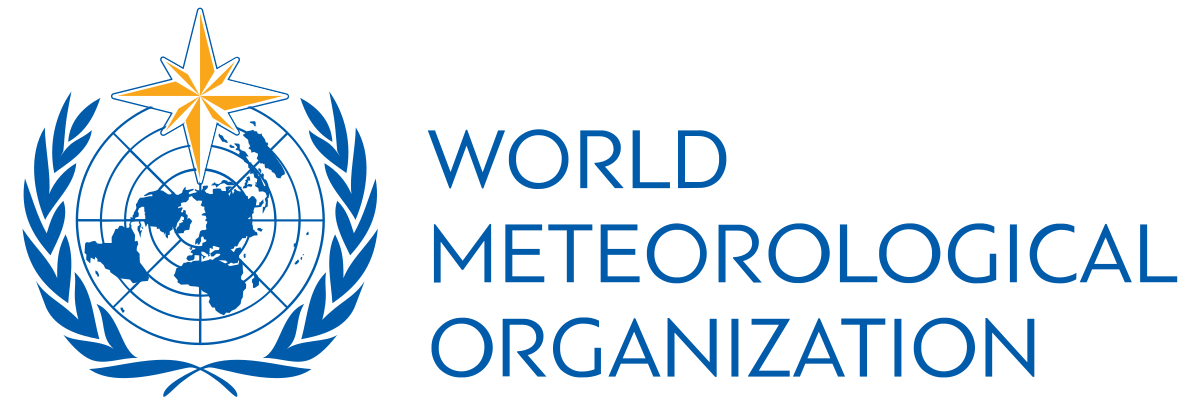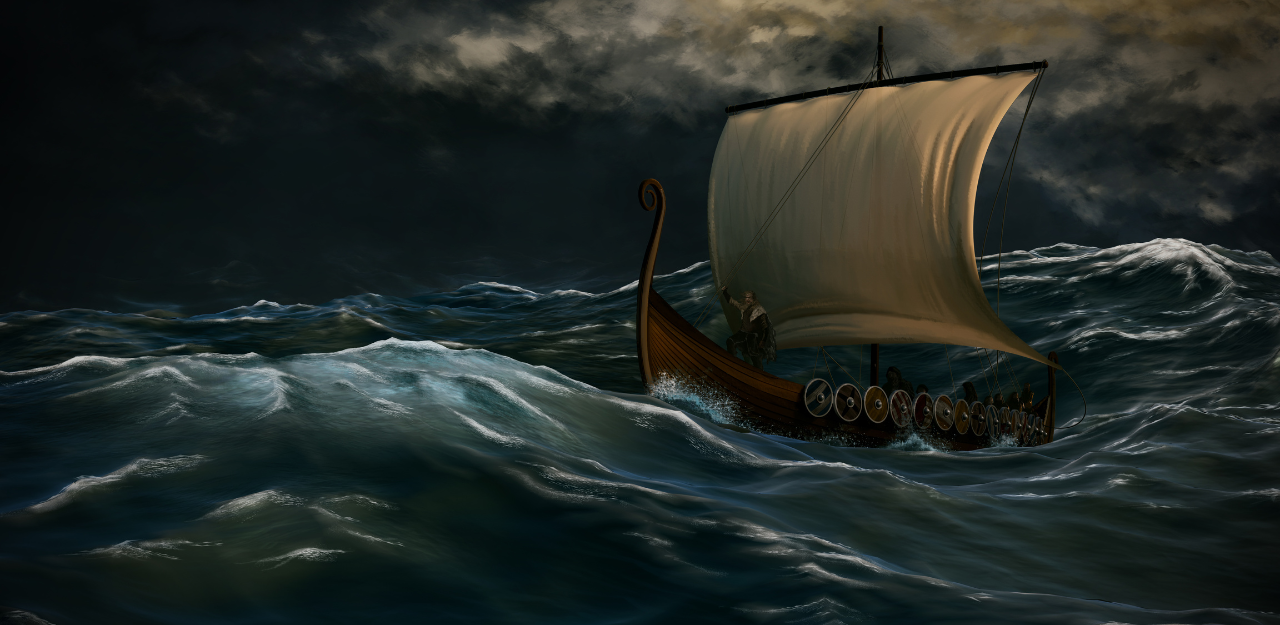Who Names Storms
Romeo and Juliet posed the question, what’s in a name? While there can be a lot of sentimental significance when we name our children, choosing storm names for the upcoming season is rooted more in specific reasonings and history.
When we discuss Named Storms, we’re typically addressing the Atlantic system. In charge of choosing and disseminating the names on a yearly basis is the World Meteorological Organization, who convenes the Hurricane Committee from National Meteorological and Hydrological Services members.

Every year, this group of the best minds in weather assembles prior to the beginning of storm season (typically June 1) and vote on varying items pertaining to the coming months; whether there will be any change to the official start date, whether any names will be added or retired, and what materials to provide the public for readiness.
History of Named Storms
Even though the committee must meet to set up for the year’s storm season, they don’t have to start at first base when it comes to the name game – the list repeats every six years with a few minor modifications. This list originated in 1953 and was originally all female names. This was due to the sailor’s tradition of ships being gendered as female (which is rumored to be because of the very lack of female presence on ships of the time).

As a self-proclaimed “Fiery Redhead”, I can absolutely relate to storms being more traditionally named female – I have likely threatened whole cities and caused potential property damage when I’ve gotten fired up. It wasn’t until 1979 that male names were added into the mix, and now the names alternate every other letter. For example, this year we will have Arlene, then Bret, Cindy, then Don, and so on.
Choosing Names
There are only 21 letters that are used in the naming of storms. That’s so that the committee doesn’t have to try to come up with names for “Q”, “U”, “X”, “Y” or “Z”. I love a good unique name, and quite honestly, I’m distraught that we will never have a Hurricane Ursula – it just seems fitting that a hurricane be named after the most famous of sea witches.

So, what happens when we have more storms than names? I’m glad you asked; there have been 2 years in which the Atlantic has suffered more storms than the 21 names on the list: 2005 and 2020. In those years, we move on to naming the storms after the letters of the Greek alphabet, starting with Alpha, and moving sequentially. In 2020, we ended with Hurricane Iota, which has been the farthest down the alphabet we’ve been. Iota is the 8th letter of the Greek alphabet, in the same place as “I” in our standard ABCs (which I hear is also a great blog series for Sentinel – go check it out if you haven’t already!).
Storm Name Retirement
Although the lists rotate every six years, there are times when storm names become retired, and are no longer used. Here’s a piece of trivia for your next game night: Hurricanes named with the letter “I” have been retired more than any other letter, followed by “C” and then by “F”. In the history of the lists, there have only been 94 retired names, with 12 of them being “I”. There’s been studies conducted to try to determine why that is, but there doesn’t seem to be a rhyme or reason as to why.
Safeguarding Your Success
While we will never have another Katrina, Ike, or Sandy, when the big ones do show out and cause damage, remember that there’s only one name you need to know – Sentinel; we’re here to “blow you away” with our service and dedication to Safeguarding your Success!


